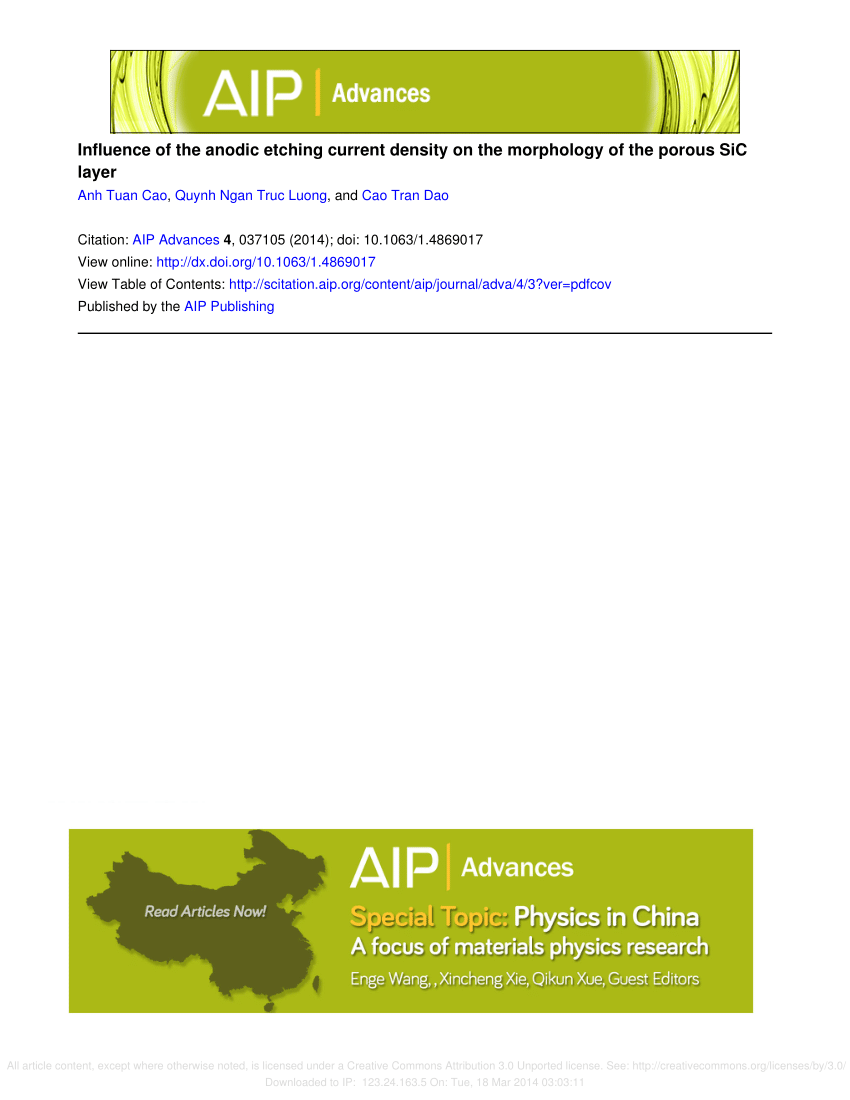Enhanced magnetoresistance induced collaboratively by spin and orbital currents
IF 1.4
4区 物理与天体物理
Q4 MATERIALS SCIENCE, MULTIDISCIPLINARY
引用次数: 0
Abstract
Orbital currents in light metals or metal oxides without the strong spin–orbit coupling have become an important means to achieve low-power magnetization switching in spin–orbitronic devices. The orbital magnetoresistance (OMR) originated from orbital current represents a useful strategy to explore the interaction between the orbital angular momentum (OAM) and the local magnetic moment. However, systematic research works on the enhancement of OMR and the mechanism of OAM transport are seldom reported. In this study, we report a synergistically enhanced magnetoresistance effect induced by spin and orbital currents in perpendicularly magnetized Pt/Co/Cu–CuOx systems. A maximum room temperature magnetoresistance of 0.38% was observed, exceeding the spin Hall magnetoresistance (SMR) of heavy metal-based heterostructures by one order of magnitude. The enhancement of magnetoresistance is attributed to the contributions from the OMR generated by the orbital Rashba effect at the Cu/CuOx interface and SMR induced by the spin Hall effect in heavy metal Pt. These results provide a pathway to understanding of the OAM transport in magnetic multilayer films and contribute to the design and realization of energy-efficient spin–orbitronic devices.自旋电流和轨道电流共同诱导增强磁阻
没有强自旋轨道耦合的轻金属或金属氧化物中的轨道电流已成为自旋轨道器件中实现低功耗磁化开关的重要手段。轨道电流产生的轨道磁阻(OMR)是探索轨道角动量(OAM)与局部磁矩之间相互作用的有效策略。然而,有关增强轨道磁阻和轨道角动量传输机制的系统研究成果却鲜有报道。在本研究中,我们报告了在垂直磁化的 Pt/Co/Cu-CuOx 系统中,自旋电流和轨道电流诱导的协同增强磁阻效应。观察到的最大室温磁阻为 0.38%,比重金属基异质结构的自旋霍尔磁阻(SMR)高出一个数量级。磁阻的增强归因于由 Cu/CuOx 界面的轨道拉什巴效应产生的 OMR 和由重金属 Pt 中的自旋霍尔效应诱导的 SMR 的贡献。这些结果为理解磁性多层薄膜中的 OAM 传输提供了一条途径,并有助于设计和实现高能效的自旋轨道器件。
本文章由计算机程序翻译,如有差异,请以英文原文为准。
求助全文
约1分钟内获得全文
求助全文
来源期刊

AIP Advances
NANOSCIENCE & NANOTECHNOLOGY-MATERIALS SCIENCE, MULTIDISCIPLINARY
CiteScore
2.80
自引率
6.20%
发文量
1233
审稿时长
2-4 weeks
期刊介绍:
AIP Advances is an open access journal publishing in all areas of physical sciences—applied, theoretical, and experimental. All published articles are freely available to read, download, and share. The journal prides itself on the belief that all good science is important and relevant. Our inclusive scope and publication standards make it an essential outlet for scientists in the physical sciences.
AIP Advances is a community-based journal, with a fast production cycle. The quick publication process and open-access model allows us to quickly distribute new scientific concepts. Our Editors, assisted by peer review, determine whether a manuscript is technically correct and original. After publication, the readership evaluates whether a manuscript is timely, relevant, or significant.
 求助内容:
求助内容: 应助结果提醒方式:
应助结果提醒方式:


